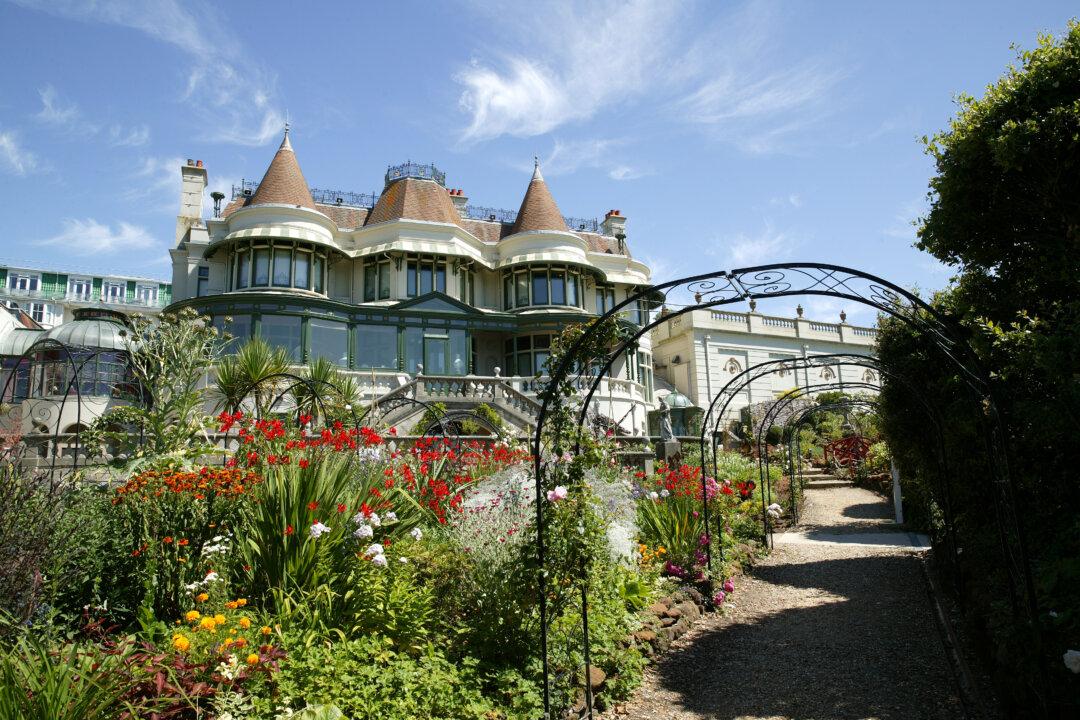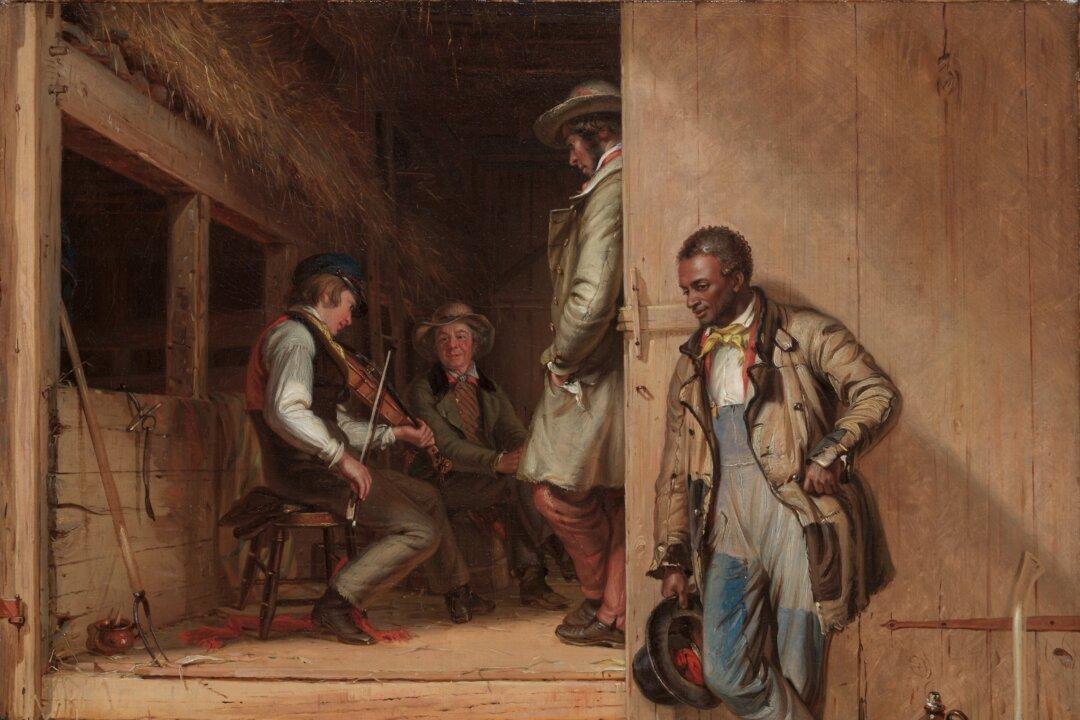Tim Travis, curator of prints at the Victoria and Albert Museum in London, shares in an email about how Henry Cole, a civil servant and the Victoria and Albert Museum’s founding director, commissioned the first Christmas card. And about how the English custom of sending Christmas cards came to be.
The 19th century was a period of growing social and geographic mobility in the UK. For the first time, with industrialization and urbanization, people lived and worked farther away from the places where they were born and formed larger but looser social networks. These changes were mediated by adopting new traditions and shared customs, like the exchange of Christmas cards.






